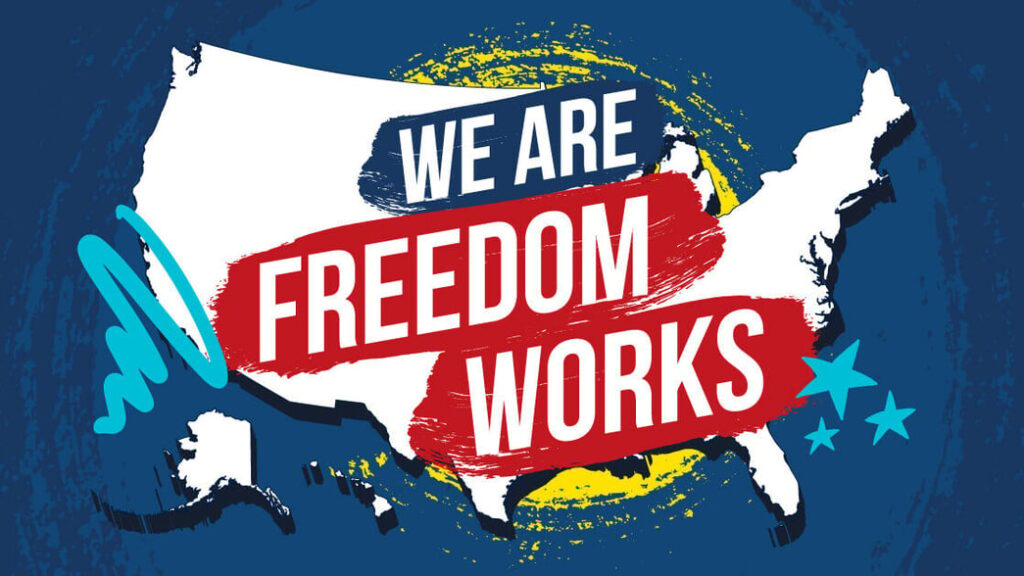Report: HHS Suppressed Evidence of Massive Health Bailout Risk
A trove of just-released internal Obama Administration documents reveals that the President’s top health care advisors were fully aware that a key component of ObamaCare presented a massive taxpayer bailout risk, but chose to suppress the information in their frenzy to push the controversial bill through Congress.
The documents, quoted extensively in a report released yesterday the House Energy & Commerce Committee, reveal a shocking level of cynicism by the President’s team — cynicism that will cost Americans billions unless the unpopular ObamaCare law is fully repealed.
The 185 internal HHS emails make for disturbing reading.
We see the Administration’s own internal experts repeatedly warning Secretary Kathleen Sebelius’s political appointees of the likelihood of a massive taxpayer bailout.
The actuaries explain that the provision of ObamaCare known as the CLASS Act is financially "unsound," "unsustainable," and likely to prove "terminal."
What is CLASS? It’s a federal nursing home and home health care entitlement benefit, devised by the late Senator Edward M. Kennedy (D-MA). CLASS purports to be entirely funded by participant premiums, with no subsidies from either employers or federal taxpayers. But every actuary who has looked at CLASS has said the same thing: This won’t work. It’ll go bankrupt without mandates, subsidies, or a bailout.
Publickly, Administration officials contended just the opposite. The program is sound, they protested.
But privately, they knew that was baloney.
They had been warned by their own, highly respected Chief Actuary, Richard Foster.
On May 19, 2009, Foster told his superiors: "The [proposed CLASS] program is intended to be ‘actuarially sound,’ but at first glance this goal may be impossible. . . . [The] substantial premium increases required to prevent fund exhaustion would likely reduce the number of participants, and a classic ‘assessment spiral’ or ‘insurance death spiral’ would ensue."
June 29, 2009: "I‘ve finished reviewing the two studies provided by Sen. Kennedy‘s staff regarding the CLASS proposal. I’m sorry to report that I remain very doubtful that this proposal is sustainable at the specified premium and
benefit amounts. . . . Thirty-six years of actuarial experience lead me to believe that this program would collapse in short order and require significant federal subsidies to continue."
August 14, 2009: "As you know, I continue to be convinced that the CLASS proposal is not ‘actuarially sound,’ despite Sen. Kennedy’s staff’s good intentions. I assume you‘ve conveyed these concerns to the staff but, if not, let me
know and we can express the concerns in a memo."
Despite these repeated, unmistakable warnings, HHS political appointees chose to whistle past the graveyard. They persisted in their public assertions that CLASS was "actuarially sound," citing a Congressional Budget Office estimate that showed the program taking in more money than it spent. But this was disingenuous in the extreme. CLASS would not begin paying out benefits until 5 years after it had begun collecting premiums. During its second or third decade, the program would certainly go belly up. But that didn’t matter — only the first decade mattered for congressional voting purposes.
The documents also reveal that some HHS insiders did share the actuaries’ concerns about the likely bailout risk. In the blunt phrase of one official in the Secretary’s Office of the Assistant Secretary for Planning and Evaluation (ASPE): "Seems like a recipe for disaster to me."
On December 1, 2009, ASPE made this concern explicit, formally warning the Secretary that, because of its flawed structure, "The end result could be severe adverse selection that would in turn threaten the long-run solvency of the program."
But by then, the dice were cast. Democrats has already rammed the bill through the House and were now pushing it through the Senate.
Between Christmas Eve, when the bill passed the Senate, and the final enactment of the President’s health care law in late March 2010, HHS never stopped pressing for inclusion of CLASS in the final law.
Its own internal experts kept warning of financial disaster. Those warnings continued to be ignored. And suppressed.
The House report concludes:
"It appears that the significant fiscal concerns surrounding CLASS may have been silenced within the Department for political reasons and the fear that publicly discussing concerns about CLASS‘ sustainability could have jeopardized the bill‘s passage in the House."
What will this cost taxpayers?
The HHS documents don’t offer a precise estimate, but a reasonable estimate is at least several hundred billion dollars over the next 20 years.
If CLASS is such a gigantic bailout risk, why would the Administration have been so hell-bent to keep it in the larger bill?
Answer: Money. Thanks to that 5-year initial lag in benefit payouts, during its first decade CLASS is projected to generate $71 billion in net premium collections.
Team Obama desperately needed that money to help maintain the fiction that their bill was "paid for" and "wouldn’t cost taxpayers a dime."
Turns out it’ll cost taxpayers a heck of a lot of dimes.
Would the Democrats in Congress have voted to ram ObamaCare through, if this information had been public?
We can’t know for sure. But the information does remind us yet again of why ObamaCare must be repealed — and replaced with a patient-centered system that doesn’t require massive taxpayer bailouts.
Dean Clancy is FreedomWorks’ Legislative Counsel and Vice President, Health Care Policy.
Related Content
FreedomWorks Letter to Congress in Support of the Fiscal Commision Act (H.R. 5779)
FreedomWorks Letter to Congress in Support of Fiscal Commision Act (H.R. 5779)




